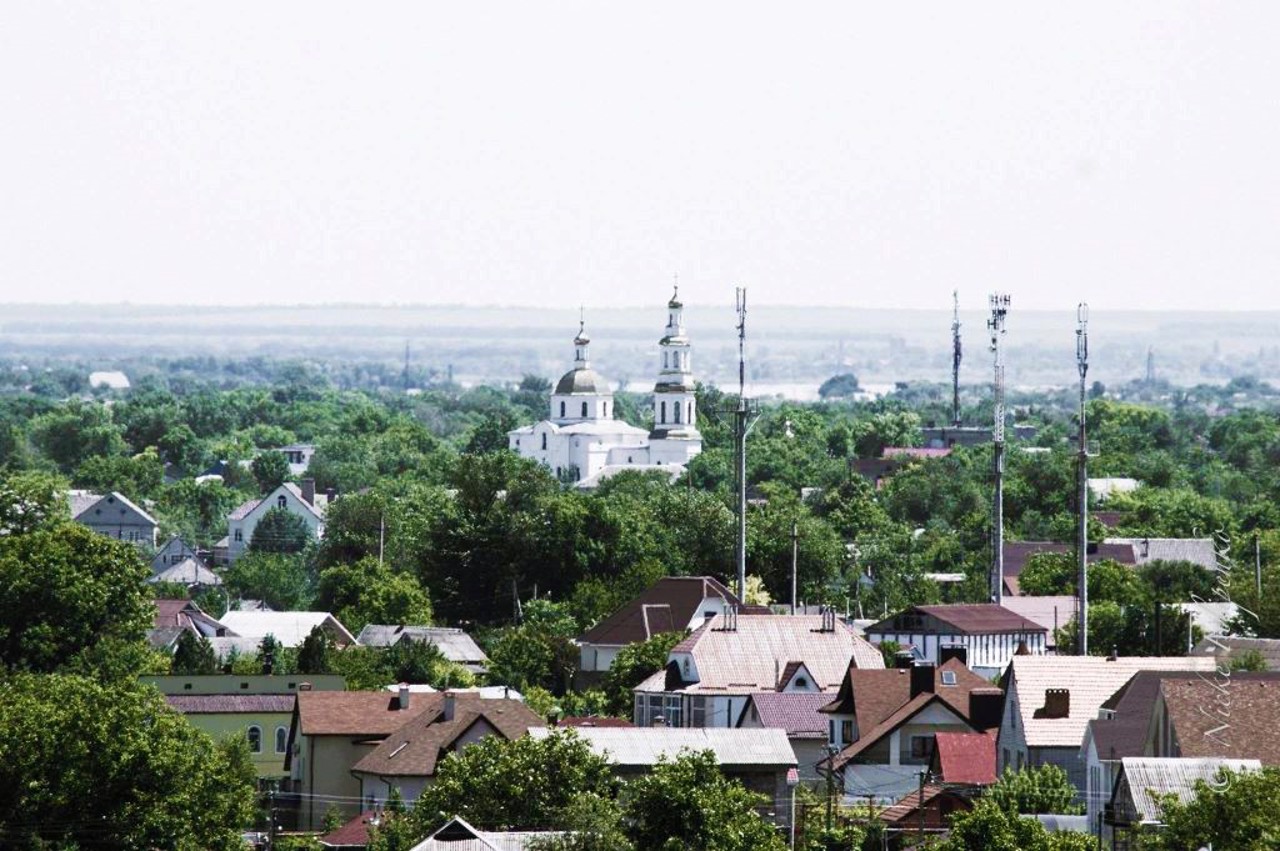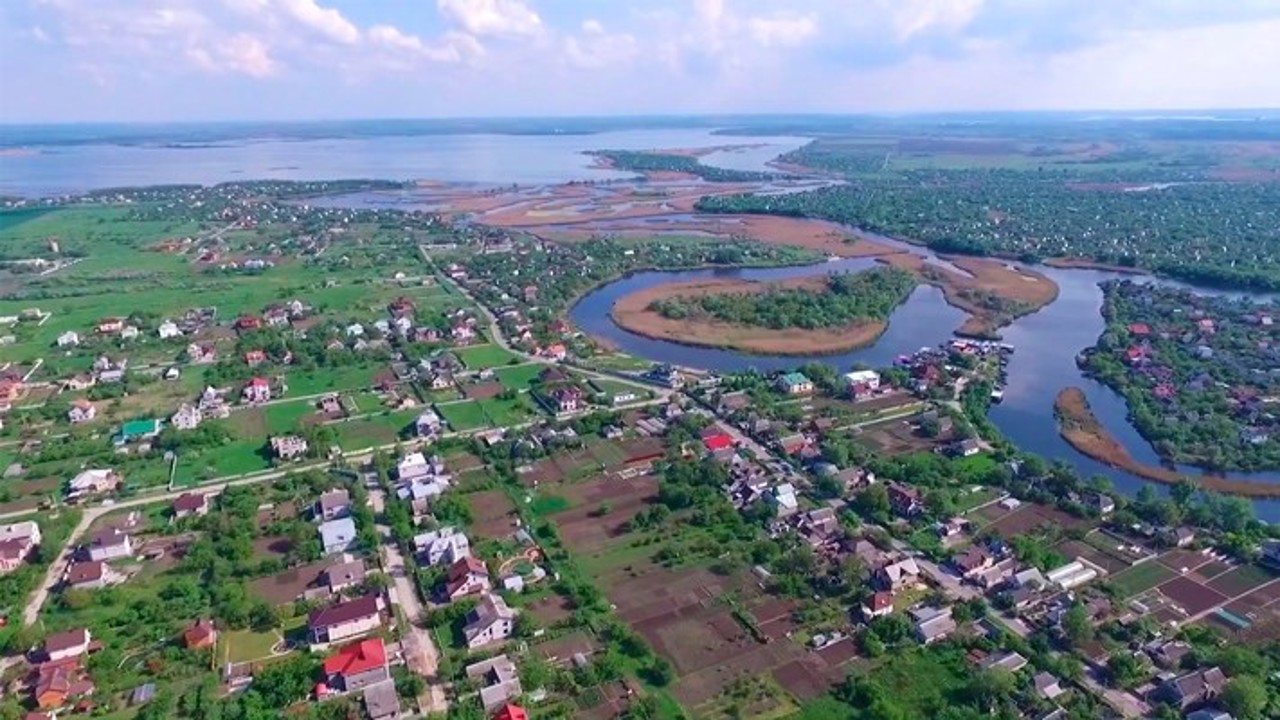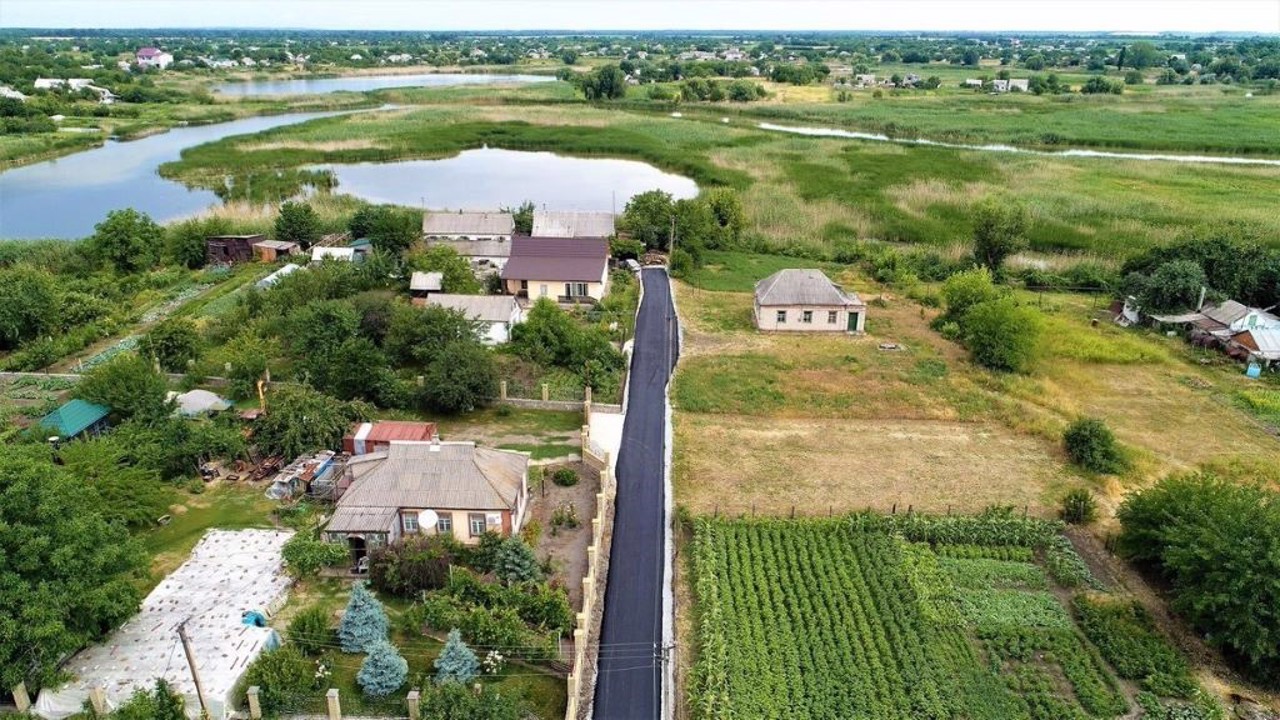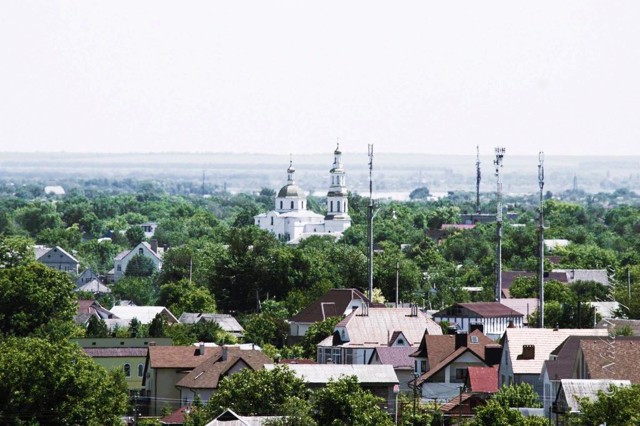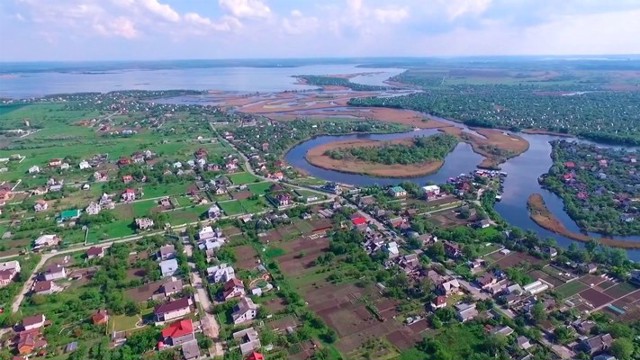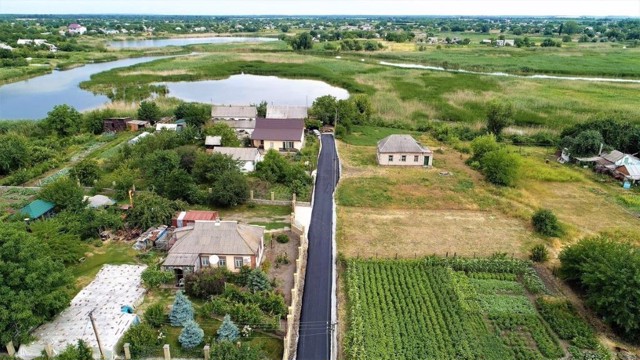Functional temporarily unavailable
Pidhorodnie
Travel guide online Pidhorodnie
General information about Pidhorodnie
The city of Pidhorodnie is located on the Kilchen River and the Samara River, a northern suburb of the Dnipro.
It was mentioned for the first time in 1600 as the village of Bohoroditsky. In 1668, the Bohoroditska (Ust-Samarska) fortress was built. After the liquidation of Zaporozhzhia Sich in 1778, the Cossack villages north of Katerynoslav were united into the Pidhorodnya settlement.
Built in 1787, the wooden church of John the Baptist was destroyed during the Soviet rule, but in 2008 it was rebuilt in stone.
Місто Підгороднє розташоване на річці Кільчень та річці Самара, північне передмістя Дніпра.
Вперше згадується в 1600 році як хутір Богородицький. У 1668 році була споруджена Богородицька (Усть-Самарська) фортеця. Після ліквідації Запорозької Січі в 1778 році козацькі хутори на північ від Катеринослава були об'єднані в слободу Підгородня.
Споруджена в 1787 році дерев'яна церква Іоанна Богослова за радянської влади була знищена, але в 2008 році знову відбудована в камені.
Сплануй своє перебування у Pidhorodnie
What to see and where to go in Pidhorodnie
Tourist attractions and museums of Pidhorodnie
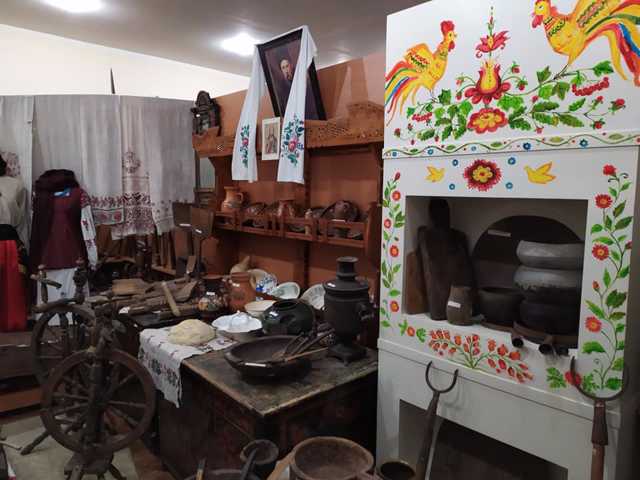
People's History and Local Lore Museum named after Oleksa Koval
Museum / gallery
The Pidhorodnie People's History and Local Lore Museum is named after the local bandurist and carver Oleksa Koval. It was he who founded the local history museum in Pidhorodnie in 1967.
The museum is located in a separate building near the city council. Its funds include more than 19,000 storage units. In particular, a large ethnographic selection is presented, including traditional clothes, ancient Ukrainian tableware, tools of peasant work.
Among the exhibits of the museum are banduras made by Oleksa Koval.
Pidhorodnie on photo and video
Reviews Pidhorodnie
Geographical information about Pidhorodnie
| {{itemKey}} | {{itemValue}} |
|---|---|
| Region |
Dnipropetrovsk |
